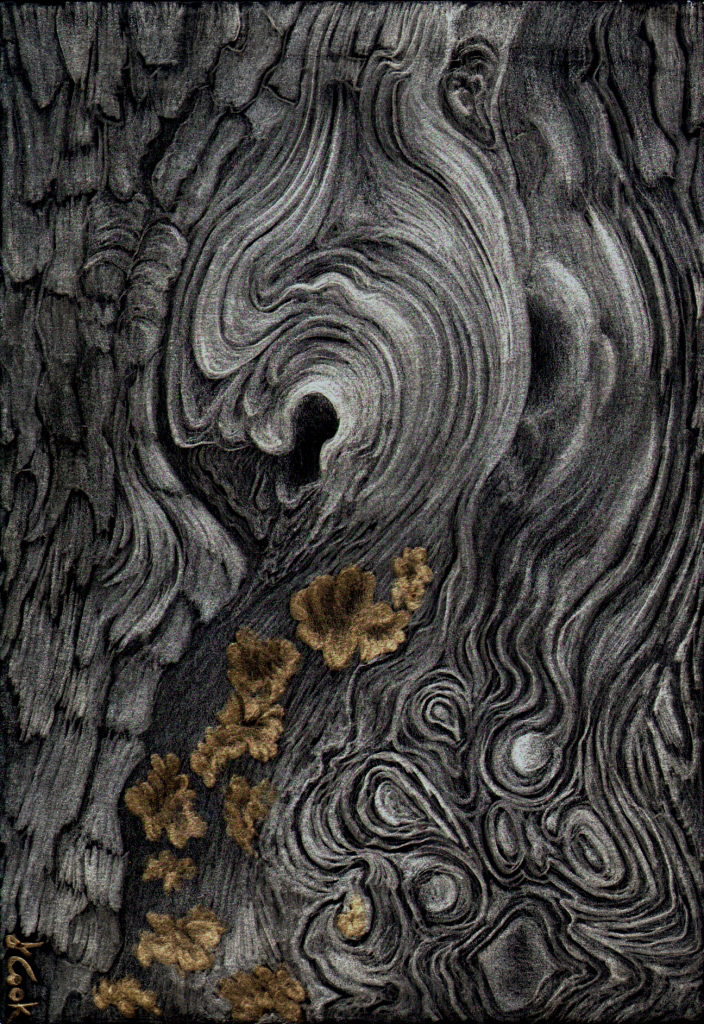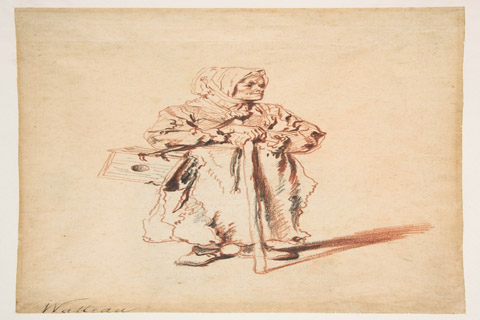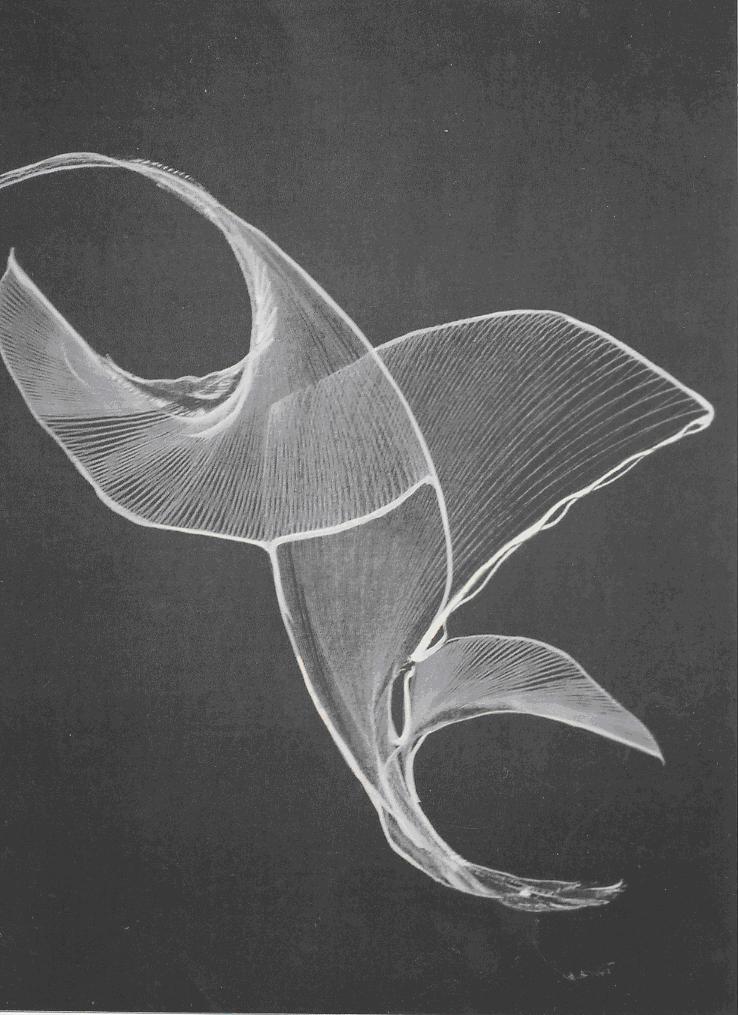Creating art is such a complex affair in itself, but there are other wonderful aspects that are often pure gifts to the artist.
Every artist knows about the melting away of time when you are painting, drawing or creating in any medium. The utter absorption, the falling away of other concerns and interests, the all-consuming demands of concentration - they are all part and parcel of art-making.
There are other gifts, I find, that make life more coherent, more enjoyable when I am able to spend time making art. Somehow, miraculously, I seem to be far more efficient in the other aspects of life - the housekeeping, the cooking, the general functioning of everyday life. There is more coherence to everything and the use of time becomes more orderly.
Another wonderful aspect of art for me is when I manage to go off and spend time plein air. I spent a magical day this weekend, buried in the fascinating interface between salt marsh and oyster shell-rimmed high ground, the domain of cedars and live oaks, the home of fiddler crabs, herons and gulls.
Coastal Cedars, graphite, Jeannine Cook artist
I was drawing for the Drawing Marathon, organised by the Women's Caucus for Art of Georgia, WCAGA, together with two friends. It was a day of drawing, drawing, drawing, despite the heat and bugs. And here too, the gifts came in abundance as I lost myself in the complexities of cedar trees and patterns of bark. Gifts like the whirring of wings as tiny ruby-throated hummingbirds hovered by me to inspect, the high-pitched trills of an unseen warbler, the keening cry of an osprey high, high above in sunlit heavens. In between these sounds, utter silence, until a gentle breeze rustled the leaves of the trees around me or one of my companions walked past, the dry leaves crackling.
Cedar Swirls, metalpoint, Jeannine Cook artist
These are gifts that nourish, calm and reorder. Granted, they are not to everyone's taste, particularly for city dwellers who may not know or care about such aspects of the natural world. Some of the gifts require the quiet of art-making to show themselves. Yet they make a case, I believe, for us all to ensure that the natural world remains protected enough that we can spend time outside, away from the hurly burly of our usual electronic-driven, hustling daily life. Only then will such gifts be given to us as artists, along with countless other lovers of the outdoors.


























